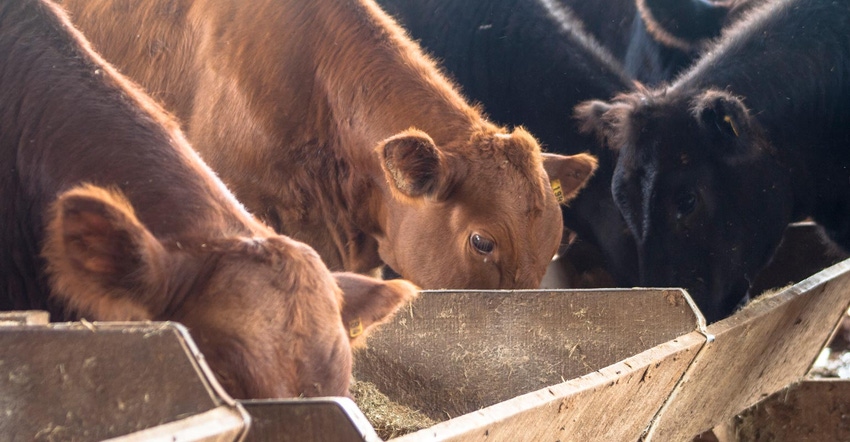July 27, 2020

This coming fall, stocker calves will be brought in from pasture and either sold as heavy feeders or transitioned into the feedlot. After a group of stockers has been sold or transitioned, it is time to do a closeout evaluation to measure their performance. A closeout evaluation is a detailed description of a specific group or pen of cattle’s performance, including feed intake, death loss, revenue, expenses, and profit or loss. A closeout should be generated each time a group or pen of cattle is sold.
A closeout accomplishes two important tasks: It helps to make sure all inputs and performance information are accounted for, and it provides a record for future reference. Farm operators are busy, and it is too easy to unintentionally forget or leave things out if you only work the math in your heads. It doesn’t have to be complicated. Templates are available to complete closeouts by pencil and paper, or with computer programs such as Excel.
Develop benchmarks
Closeouts are much more useful than just determining if a group of cattle made money or not. Over time, several closeouts from past groups of cattle can be used to develop a track record and benchmarks for your enterprise. This information can then be used to look at the overall strengths of your operation and opportunities for improvement.
In addition, your track record information can be used to make projections for your operation with greater confidence than using industry or regional averages.
The details in a correctly done closeout can help identify why a group did or did not make money. Did the group have higher pharmaceutical costs than your running average? Was their gain better or worse than your long-term average? Maybe the cattle did well, but repairs were greater than normal, or cattle had to be on drylot for an extended period.
Some years, markets or feed costs are detrimental to the group of cattle, and completing a closeout can identify what happened and what kind of changes could be made for future groups to address shortfalls.
Spreadsheet tool
To help beef producers complete a closeout, members of the University of Wisconsin-Madison Division of Extension Livestock Program recently developed an Excel spreadsheet closeout tool for stocker enterprises.
The spreadsheet is set up to make calculations and an analysis based on user inputs. It calculates animal performance, including rate of gain, death loss, days owned and total pounds gained per head. Additionally, it calculates income and expenses for the entire group, as well as on a per-head basis, per-hundredweight-of-gain basis and per-acre basis.
The spreadsheet tool is set up in sections to help itemize expenses. The expense sections include fencing and pasture costs, purchased and homegrown feed, veterinary and pharmaceutical costs, machinery and equipment costs, and labor costs. It also has a detailed summary page and a condensed one-page summary that can be printed out.
This closeout tool is available from the Wisconsin Beef Information Center on the Decision Tools and Software page.
Halfman is the Extension agriculture agent in Monroe County, Wis. This column is provided by the University of Wisconsin-Extension’s Wisconsin Beef Information Center.
About the Author(s)
You May Also Like




